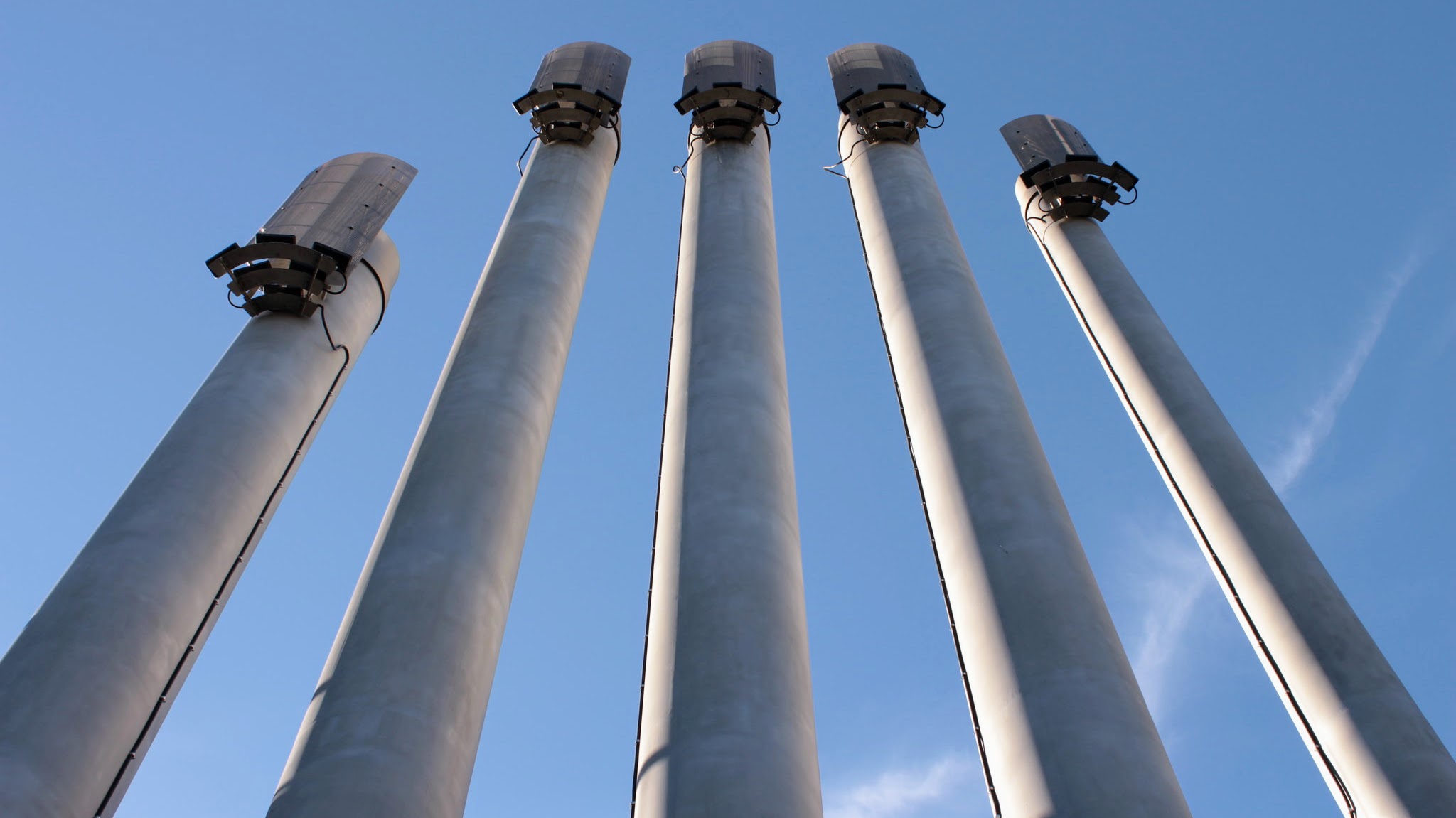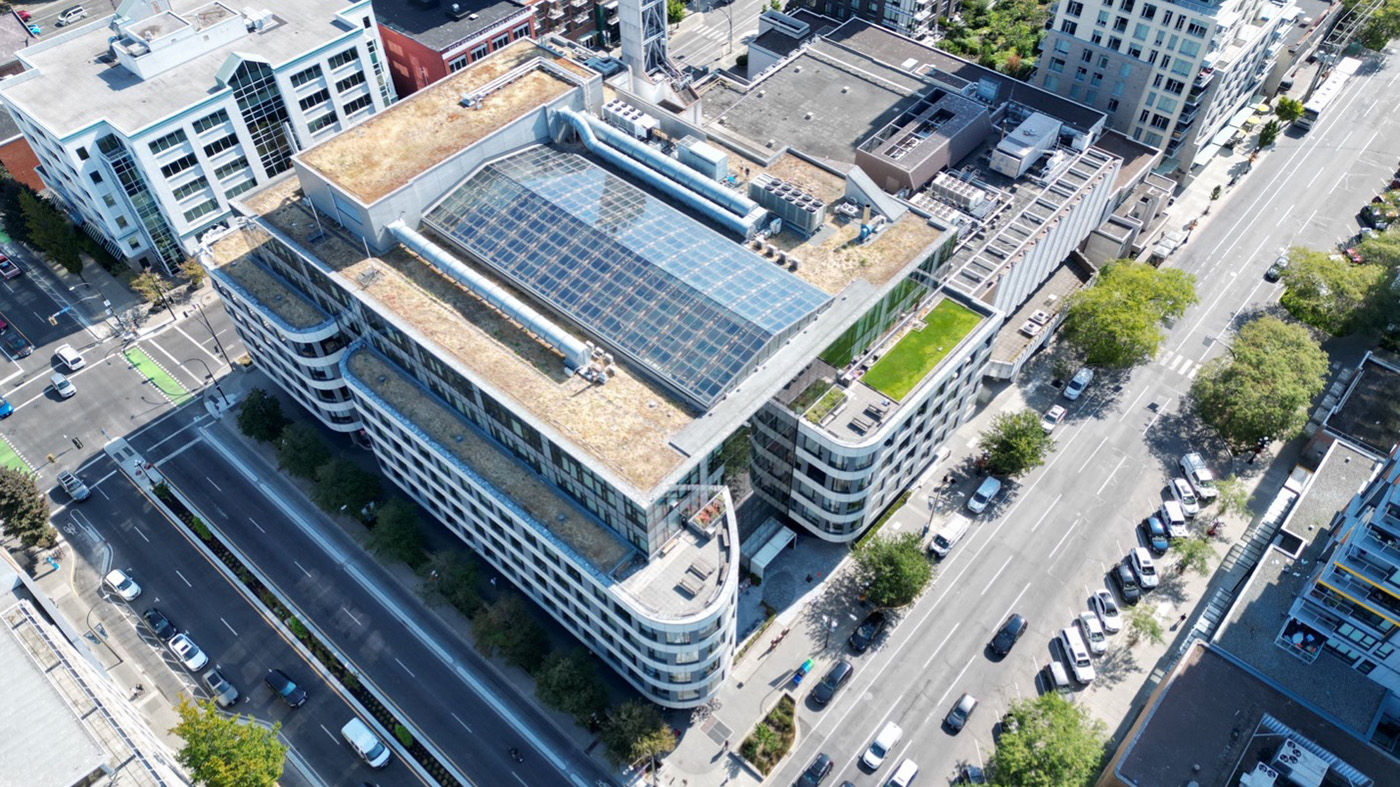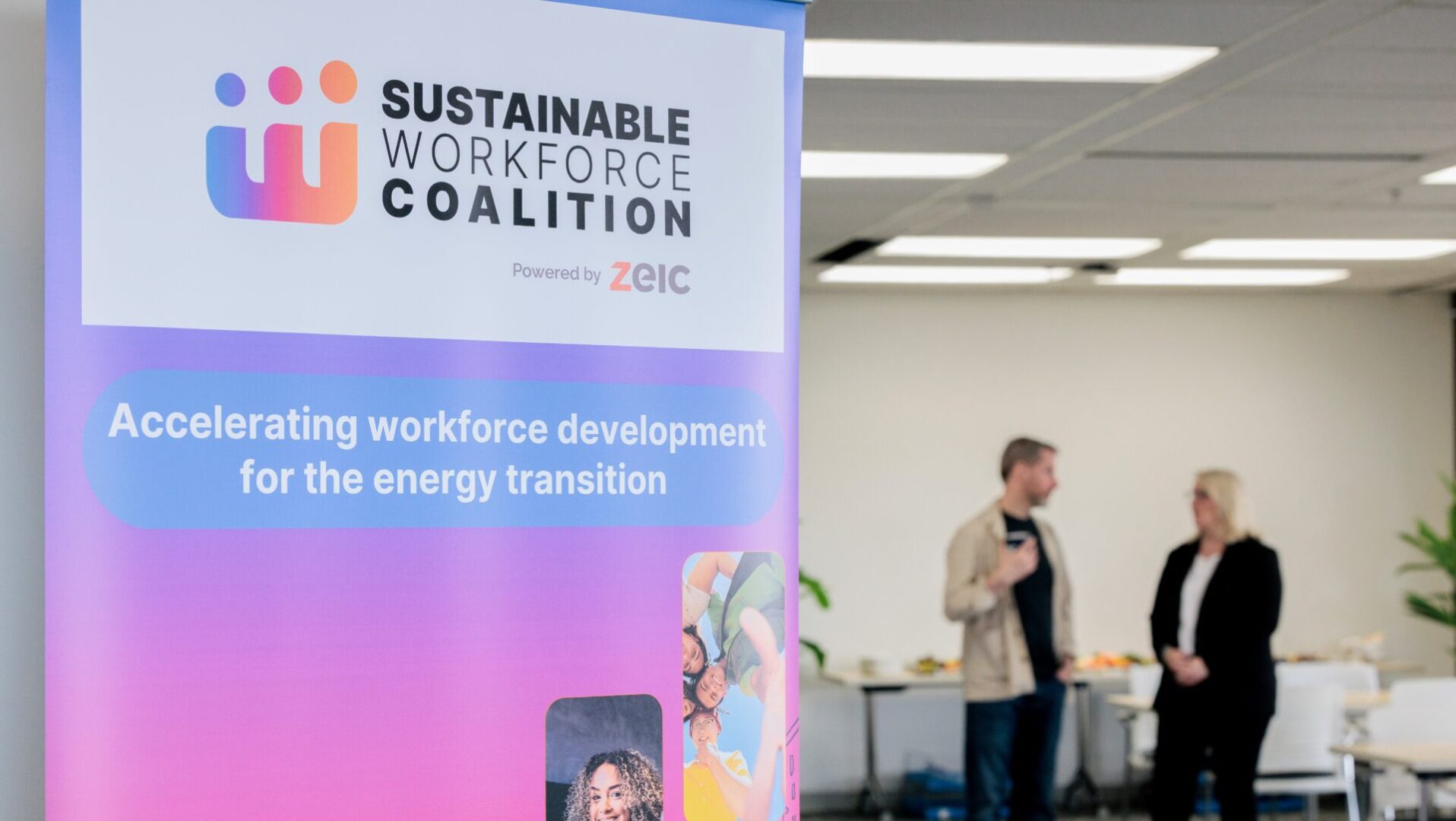
BC Retrofit Accelerator Sees Strong Demand with 700 Large Buildings Enrolled in First Year
October 7, 2025
Vancouver Neighbourhood Energy Utility (Image credit: Keane Grunding)
Around the world, vast amounts of energy are literally going to waste. According to McKinsey, at least 3,100 TWh of recoverable waste heat is being lost annually across industries around the globe – that’s almost 50 times the total amount of electricity produced in B.C. every year.
Danfoss — a Danish global leader in energy efficiency — puts it more bluntly: We are walking past “dollar bills on the floor,” as supermarkets, factories, data centres, and wastewater systems all release heat into the air that could be recaptured and reused.
This is heat that could displace fossil fuel use and save up to $230 billion per year, roughly equal to the value of all natural gas bought in the European Union (EU).
In the EU alone, excess heat potential is nearly 2,860 TWh per year, almost equal to the region’s total demand for heating and hot water in residential and service buildings.
Yet globally, much of this energy remains untapped—an invisible but critical lever for reducing carbon pollution and supporting energy security and cost savings.
Why waste heat matters for energy security and the economy
Recovering and reusing waste heat is energy efficiency in its purest form. Every unit of heat captured and reused is effectively second hand energy, reducing the need to buy molecules or electrons. For households and businesses, this means lower bills. For energy systems, energy recovery reduces demands on the electricity grid and improves resilience. For governments, energy recovery offers one of the fastest and most cost-effective pathways to reduce carbon pollution.
As Danfoss puts it, “using gas or electricity for heating is like using a chainsaw to cut butter,” when low-value sources like excess heat are readily available. McKinsey similarly points to waste heat recovery as an immediately positive business case across many industries—and is often one of the quickest ways for companies to meet their decarbonization targets.
Canada’s opportunity: Insights from the ZEIC + Foresight Report
The Zero Emission Innovation Centre (ZEIC) and Foresight Canada recently released a scan of Waste Heat Recovery and Thermal Storage Technologies focused on opportunities and technology leaders across Metro Vancouver and Canada.
The report highlights:
- Massive potential: Hundreds of terawatt-hours of heat are wasted every year across industrial processes, buildings, transport, and urban infrastructure. In the Americas alone, there’s an estimated 600 TWh of feasibly extractable waste heat — the equivalent of more than 100 Site C dams
- Canadian innovators: Companies like SHARC Energy (sewage heat recovery), Vitalis (CO₂ high-temp heat pumps), and CIMCO (thermal energy storage solutions) are already supplying made-in-Canada technology to harness waste energy resources.
- District energy leadership: Metro Vancouver has emerged as a North American leader in district energy systems (DES). Projects like the Vancouver Neighbourhood Energy Utility (NEU) capture heat from sewage to serve 47 buildings and 10,000 residents — with plans to expand to more than 2 million square metres of floor area.
- Thermal storage as a multiplier: Coupling waste heat with thermal energy storage (TES) allows cities to store energy when demand is low and deploy it when demand peaks — improving grid resilience and reducing infrastructure costs.
Canada’s hidden gems: Manufacturers and suppliers
The project identified the full range of manufacturers and suppliers across B.C. and Canada. There are a surprisingly large range of players and unique projects already taking this forward.
From potential to policy
The ZEIC and Foresight study makes clear that scaling waste heat recovery will require supportive conditions:
- Policy recognition of waste heat as a renewable energy source, enabling incentives and carbon credits.
- GIS-based thermal mapping to connect local sources (like data centres or wastewater plants) to nearby demand.
- Anchor loads and innovative business models, such as energy-as-a-service, to de-risk investment.
- Coordination with utilities like BC Hydro to align district energy and TES with grid planning
Toward a waste-heat future
The case for harnessing waste heat is not theoretical. District energy solutions are not only used here in the Metro Vancouver region, but local companies are already producing technologies and infrastructure, which we're going to be relying on a lot more on in the future.




